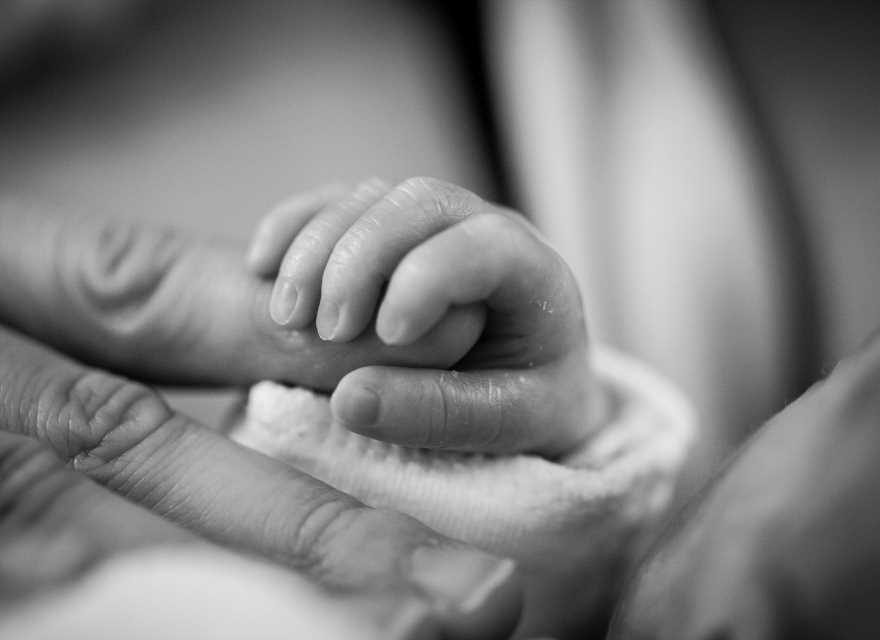
Risk for maternal illness (morbidity) and death is unevenly distributed in the U.S., with some populations bearing substantially greater risk, including Medicaid-insured individuals, rural residents and Black and Indigenous patients.
Researchers at the University of Minnesota School of Public Health (SPH) looked at how these risks differed for people giving birth who were insured by Medicaid compared to those with private insurance, as well as comparing by rural and urban geography, race and ethnicity.
The research was published in Women’s Health Issues.
“Examining the intersection of people’s identities, rather than only looking at isolated segments, tells us so much more about how structural factors such as racism and urbanism, socioeconomic status and other social determinants of health have an impact on and compound the risk for negative health outcomes,” said lead researcher Julia Interrante, an SPH doctoral candidate and graduate research assistant in the University of Minnesota Rural Health Research Center.
The study found:
- Rates of severe negative maternal health outcomes were greater for Medicaid-funded births compared to privately-insured births for both rural and urban residents and for all race and ethnicities
- Rural Indigenous Medicaid beneficiaries had the highest rate of severe maternal morbidity and mortality, compared to urban, white privately insured births
- 40% of morbidity and mortality cases among Indigenous rural residents were due to the interaction of insurance type, race and rurality
- Among Black and Hispanic births, significant negative maternal outcomes due to the interaction of race and ethnicity with insurance type was largely among urban, rather than rural, residents
“These results suggest that if the excess risk for negative maternal health outcomes among Medicaid beneficiaries could be reduced to the level of risk among those privately insured, it would make a significant difference,” said Interrante. “That reduction could not only prevent the 23 cases per 10,000 births that occur among white urban residents, but also an additional 98 cases per 10,000 births among Indigenous rural residents, 41 cases per 10,000 births among Black urban residents, and 38 cases per 10,000 births among Hispanic urban residents.”
The findings on the intersectionality of severe maternal morbidity and mortality risk imply that Medicaid policy changes to improve maternal health must account for the particular challenges posed by rural locations and by racism. The findings suggest that policies that lower risk among Medicaid patients could have additional benefits in reducing racial and ethnic, as well as rural and urban, disparities.
Source: Read Full Article
